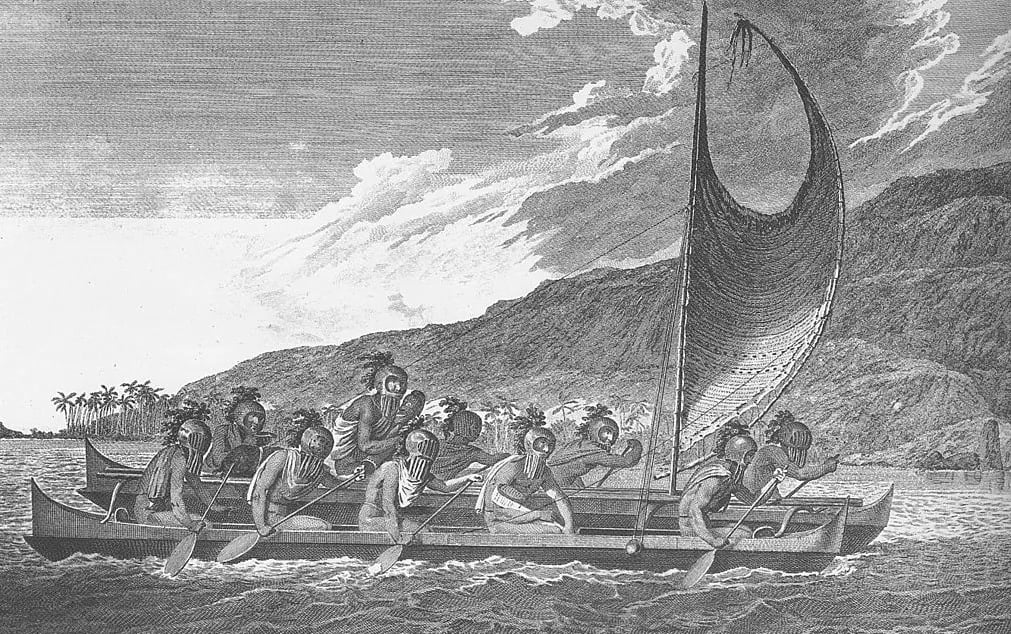The Genesis of Two Designs
In the world of sailing, the debate between monohulls and catamarans is a tale as old as time. The history of these two iconic designs stretches back to antiquity, reflecting the evolution of human innovation and our insatiable desire for exploration.
The monohull's genesis lies in the early days of human seafaring. Traditional cultures from the Mediterranean to the South Pacific have all used some form of monohull craft for fishing, trade, and exploration. The monohull's sleek, single-hulled design, characterized by a deep keel and distinct bow and stern, offers an efficient shape for cutting through waves. Over centuries, the monohull design has been refined and perfected, culminating in the magnificent yachts we see gracing our waters today.

On the other hand, the catamaran, a vessel with two parallel hulls, boasts a legacy equally steeped in seafaring history. Its origins can be traced back to the outrigger canoes used by ancient Austronesian cultures.
The word 'catamaran' itself is derived from the Tamil word 'kattumaram', which loosely translates to 'logs tied together'.
These innovative sailors discovered that by adding a second hull, they could greatly improve the stability and speed of their vessels, a design principle that holds true to this day.

Exploring the Monohull Design
Stepping into the present, let's delve deeper into the modern monohull design. Its traditional single hull offers a quintessential sailing experience that's hard to match. Monohulls are typically seen as the embodiment of the romantic sailing ideal, thanks to their elegance and the graceful way they heel under sail.
One of the major benefits of monohulls lies in their seaworthiness. Their deep keels provide excellent stability, allowing them to handle heavy seas and high winds effectively. In addition, the keel acts as a counterbalance, enabling the boat to right itself after being heeled over by a gust of wind. This 'self-righting' characteristic is a significant safety feature exclusive to monohulls, adding a level of reassurance when navigating challenging sea conditions.
Monohulls are also known for their responsive handling and satisfying sailing performance. The mono-hulled design cuts cleanly through waves, resulting in a smooth and predictable ride. If you're the type of sailor who enjoys feeling the wind and waves' raw power, the visceral connection that a monohull provides is unparalleled.
However, as with everything in life, monohulls also have their downsides. For one, space can be at a premium. The deep keel and the rounded hull shape necessary for stability and performance take up much of the interior volume, leaving less room for living space compared to a similarly sized catamaran.
Another consideration is the heeling motion. While some sailors love the feeling of a boat leaning into the wind, others may find it uncomfortable or disorienting, especially during prolonged passages.
Despite these trade-offs, monohulls continue to hold their charm for many, offering a blend of tradition, performance, and adventure that has stood the test of time. In the next part of this deep dive, we'll shift our focus to the twin-hulled wonder of the sailing world: the catamaran.
The Catamaran Conundrum
As we switch gears to catamarans, it becomes apparent how contrasting they are to their monohull counterparts. Catamarans, with their dual hulls connected by a central platform or cabin, present an entirely different set of strengths and challenges.
Let's start with one of the most prominent features of catamarans: their stability. The wide beam of a catamaran provides a significant increase in stability over a monohull, reducing the boat's tendency to roll. This stability not only enhances the comfort of your crew but also allows for safer and easier movement on deck and below. If the notion of preparing a meal in a level galley while underway appeals to you, a catamaran might be the perfect fit.
Space is another major advantage of catamarans. With essentially two hulls worth of volume, catamarans typically offer much more living space than a similarly sized monohull. This makes them an attractive option for those planning extended cruises or living aboard. The additional space also allows for separate, private cabins in each hull, perfect for accommodating families or groups.
When it comes to performance, catamarans have a distinct edge in certain areas. Their dual-hulled design and lack of a ballasted keel result in less drag, allowing them to often outpace monohulls in moderate conditions. However, this speed advantage may be offset in heavy weather, where the ability to cut through waves (rather than ride over them) can make a monohull's ride smoother and faster.
But, just like monohulls, catamarans aren't without their drawbacks. While their stability and flat sailing characteristics are often seen as benefits, they can also create a false sense of security, leading some sailors to push their boats beyond safe limits. Additionally, while catamarans are significantly harder to capsize than monohulls, if they do flip, they generally won't self-right like a monohull would.
Furthermore, catamarans can be more challenging to handle in confined spaces due to their wider beam. Docking, in particular, can be trickier, especially in marinas designed with narrower monohulls in mind. Also, the increased beam and dual hulls often lead to higher mooring and maintenance costs.
Monohull vs Catamaran: Performance Parameters
Before we take this deep dive to its conclusion, it's important to touch on a few key performance parameters. These can greatly influence whether a monohull or catamaran would be a better fit for your sailing needs.
For starters, how a boat handles various wind conditions is critical. Monohulls, due to their keeled design, tend to excel upwind. Their ability to 'point' into the wind is usually superior to that of a catamaran. On the other hand, catamarans, with their lighter weight and reduced drag, often have the upper hand in downwind and lighter wind conditions.
Another factor to consider is load carrying capacity. While catamarans have more space for storing gear and provisions, they can be more sensitive to overloading. Additional weight can significantly impact a catamaran's performance, whereas monohulls tend to be more forgiving in this regard.
In the final part of this blog, we'll wrap up our deep dive by considering these and other factors to help determine which design might be the best fit for your sailing needs.
Choosing Your Vessel: What Suits Your Sailing Style?
Now that we’ve explored the design principles and performance traits of monohulls and catamarans, it’s time to consider what kind of vessel will best cater to your personal sailing needs and preferences.
If your sailing plans involve long passages in open waters, especially in rougher seas or challenging wind conditions, a monohull's sturdy and seaworthy design might be the most fitting choice. Their excellent upwind performance and smoother ride in heavy weather will provide you with both comfort and safety on lengthy oceanic voyages.

For those attracted to the exhilaration of speed, catamarans, with their swift downwind capabilities, can offer a thrilling sailing experience. They can be the ideal choice if your sailing adventures are primarily focused on coastal cruising, island-hopping, or participating in sailing races where their speed advantage can shine.
Lifestyle preferences play an essential role as well. If you value space and comfort, and perhaps are contemplating living aboard or planning extended family cruises, the spacious interior of a catamaran, with its level sailing and private cabins, may be the superior option.
However, if you're a sailing purist who enjoys the classic feel of a boat that heels under sail, the thrill of mastering the art of balancing a boat in various wind conditions, a monohull will likely provide the sailing experience you're seeking.
As for cost considerations, remember that while catamarans offer more living space and stability, they can also come with higher purchase, maintenance, and mooring costs.
Closing Thoughts: Your Ideal Adventure on the Water
If you're looking to buy or charter a sailboat, the choice between a monohull and a catamaran ultimately boils down to your sailing goals, personal preferences, and budget. There's no definitive answer to which is better because it's subjective to the individual sailor.
Whether you're lured by the traditional appeal and seaworthiness of a monohull or the comfort, stability, and speed of a catamaran, the most important thing is to choose a vessel that will provide you with many memorable and safe adventures on the water.
At Sailing Virgins, we love them both and appreciate their unique characteristics. Whatever you choose, the sea will always be an ever-changing playground that continually challenges and rewards those who embrace the sailing lifestyle.
If you're still unsure about which one is for you, why not join one of our sailing courses or adventures? It's the perfect way to gain hands-on experience and discover what type of sailing brings you the most joy. Feel free to press the button below to check out our courses.
Fair winds and following seas to all prospective boat buyers out there!


